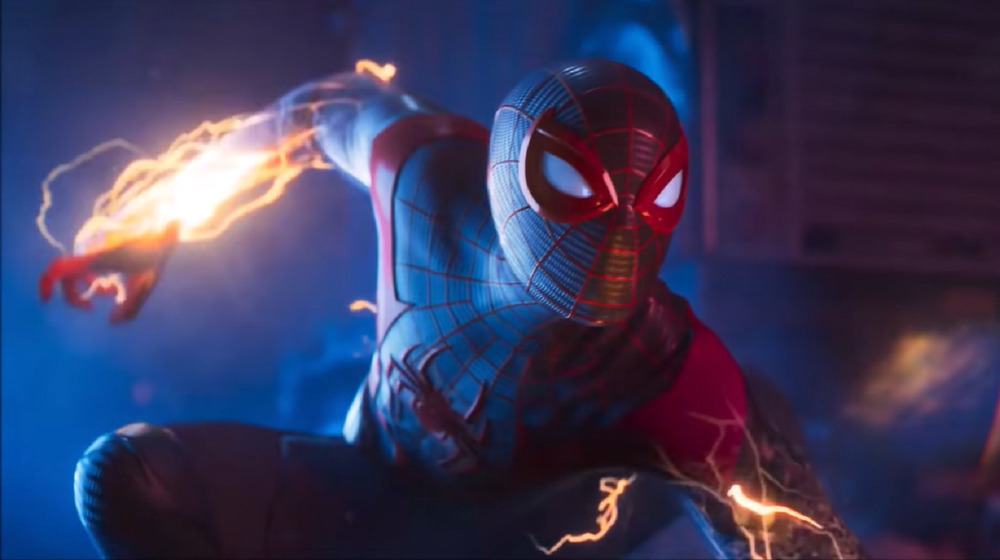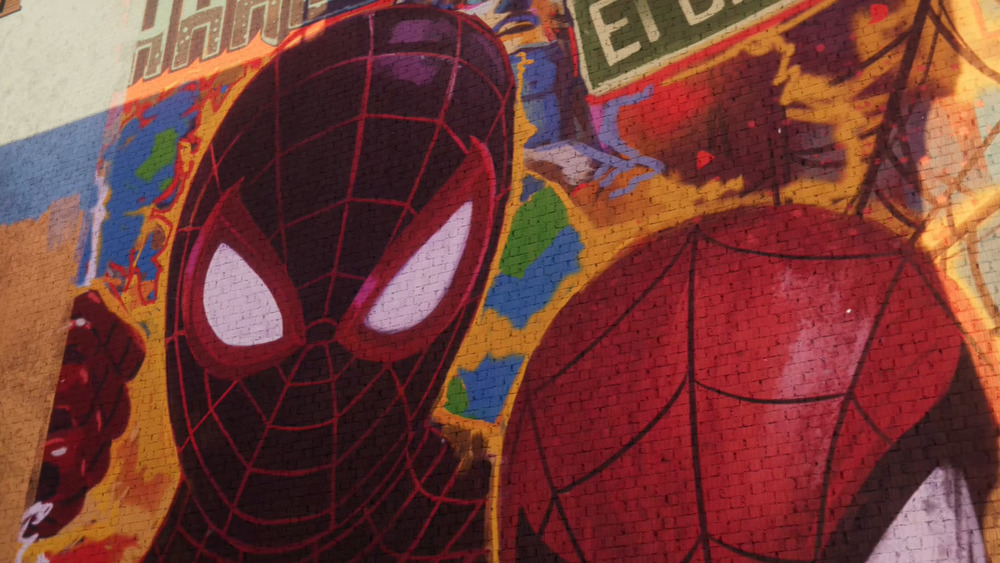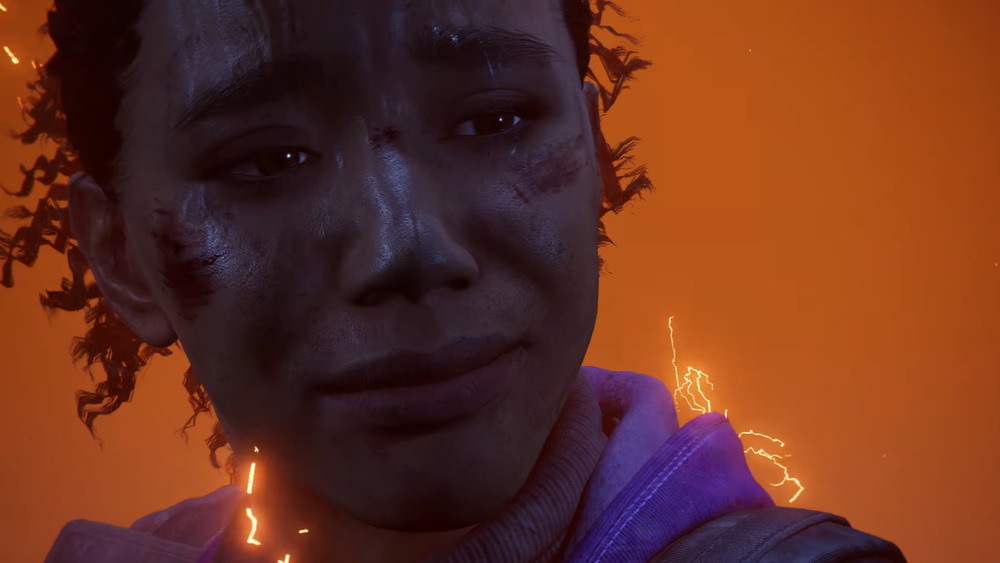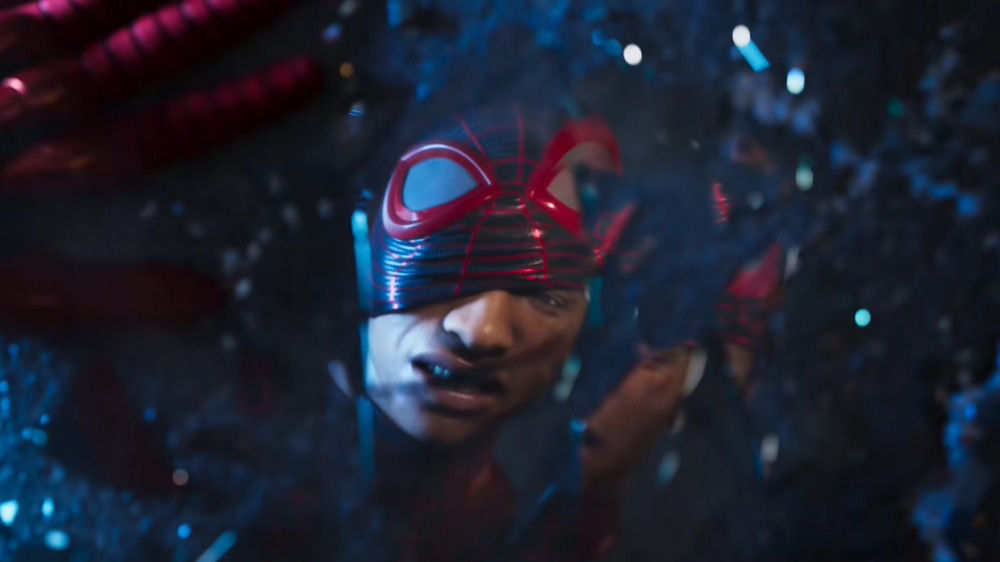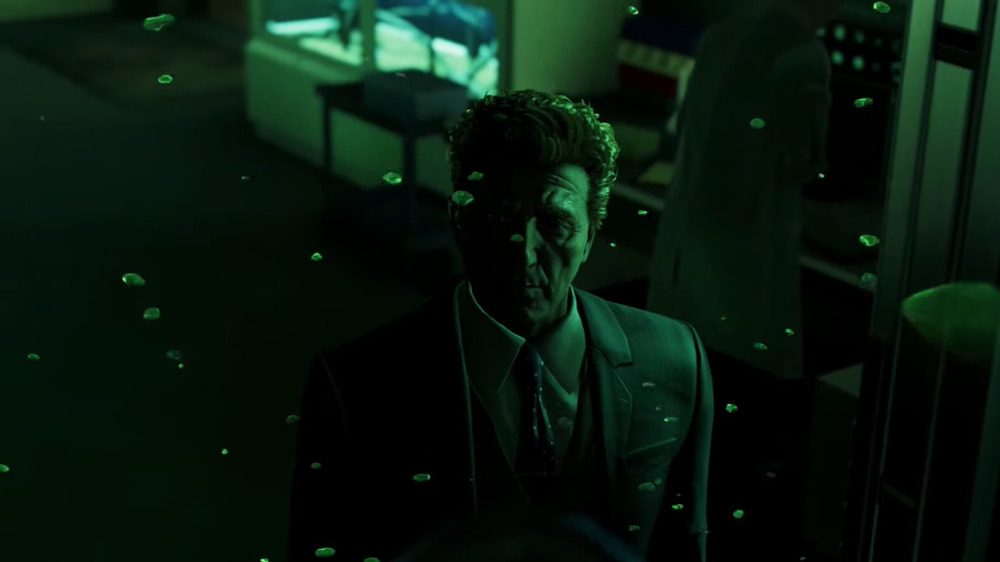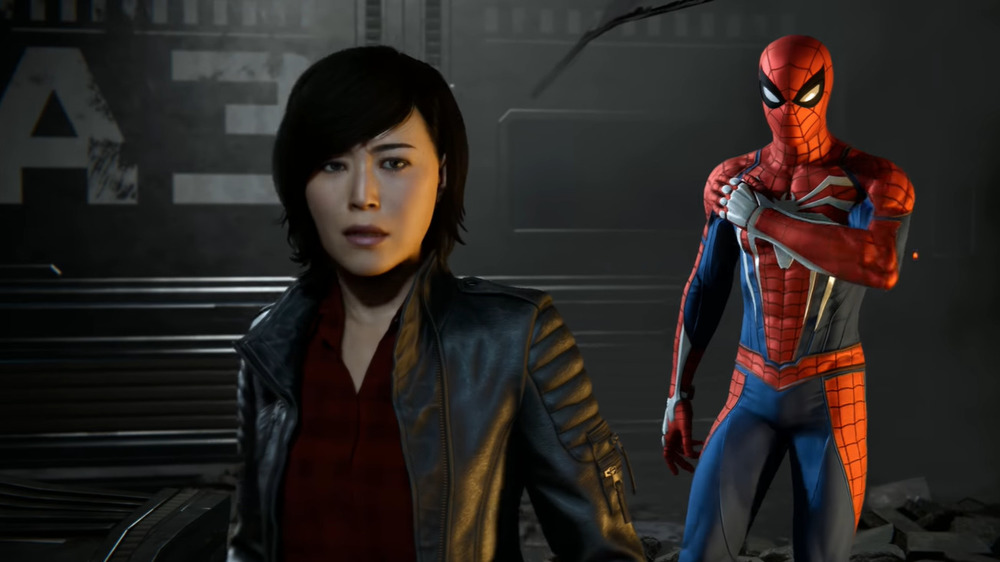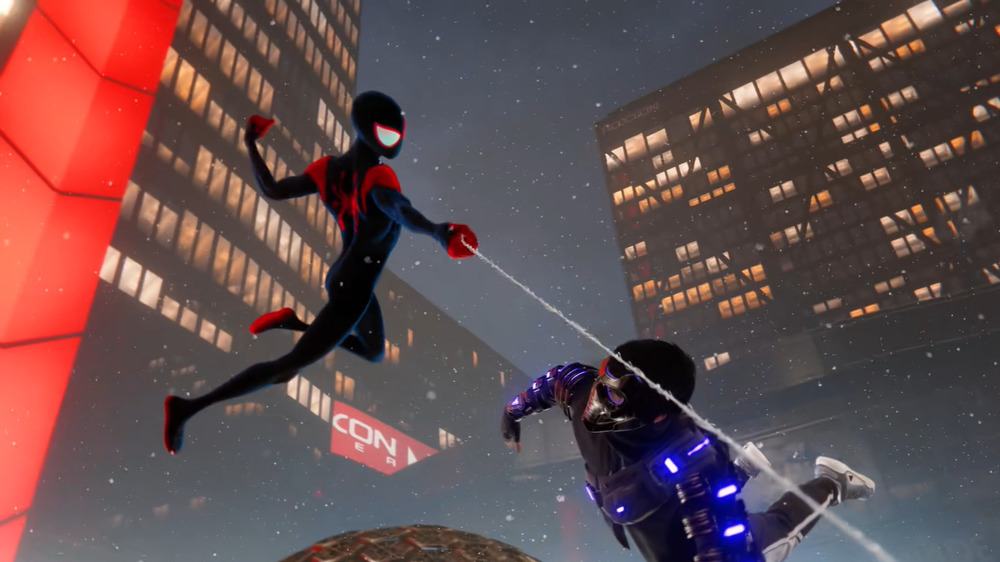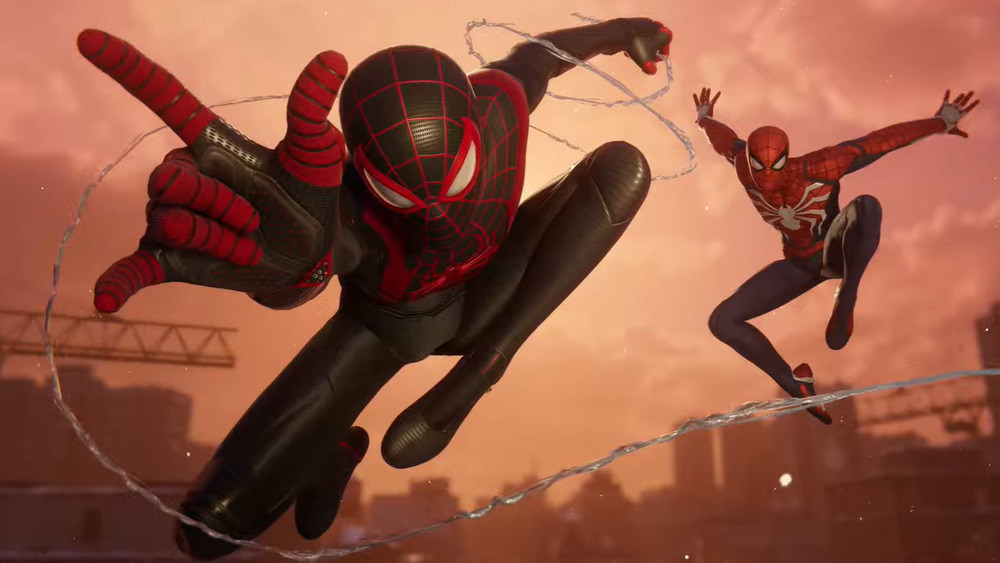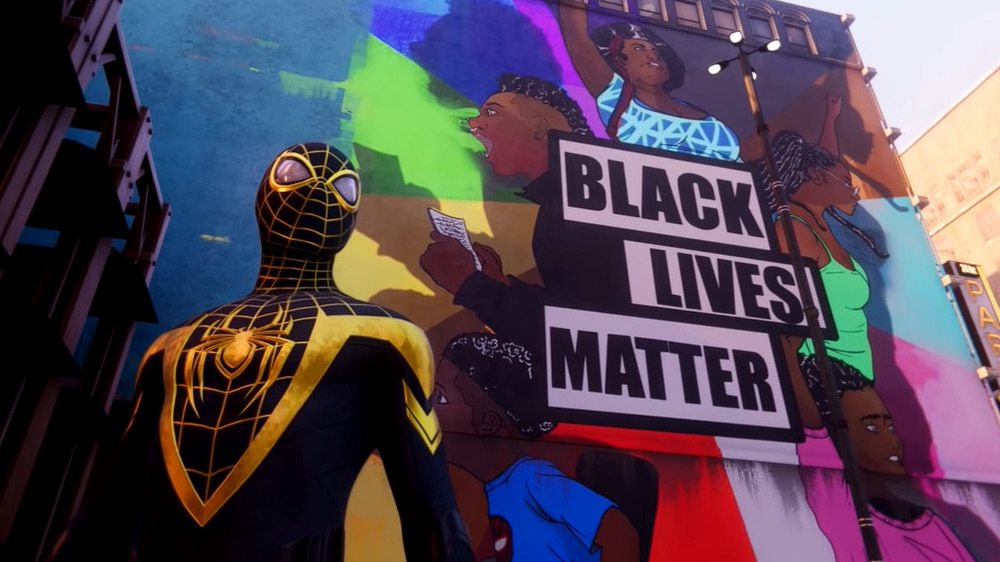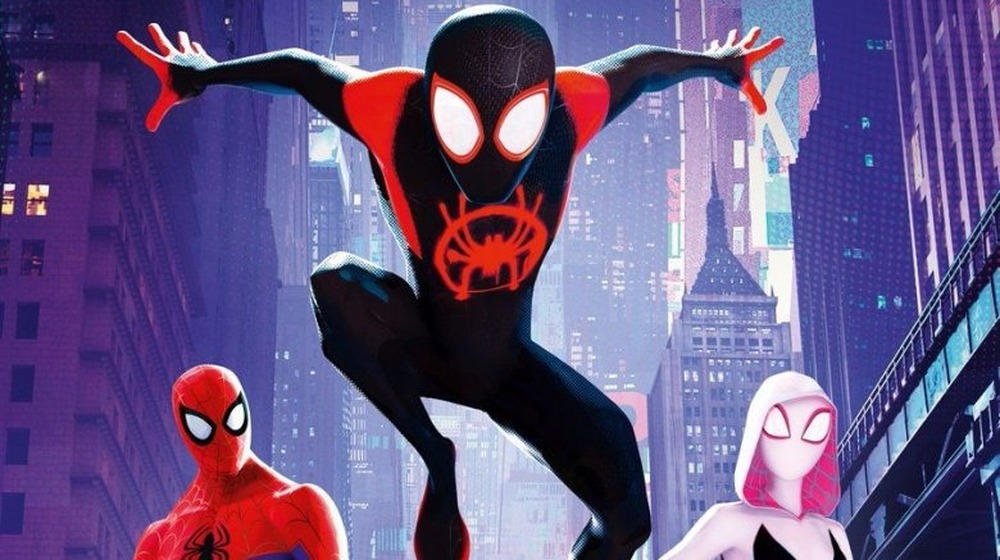Marvel's Spider-Man: Miles Morales Ending Explained
The launch of the PlayStation 5 was marked by a display of incredible technology and a number of exciting launch titles, one of which was Spider-Man: Miles Morales. As a continuation of the critically-acclaimed PS4 exclusive, Miles Morales was a highly anticipated title for both the PlayStation 5 and the PlayStation. But by the time the dust settled in Harlem, Miles' adventure left a lot to unpack.
With Peter Parker's sudden absence, the newest Spidey had to grapple with his new abilities while swinging solo for the first time. Almost immediately, Miles found himself facing off against gang violence with the Tinkerer and corporate corruption with Simon Krieger and Roxxon. All those conflicts were bound to have lasting repercussions for the city of New York. All the while, Miles had to learn what it meant to be his own Spider-Man, and not just follow in the footsteps of his mentor and predecessor.
How exactly did he fare when all was said and done? Let's break down exactly what happened at the end of Miles Morales, and where the Spider-Man game series could go from here.
Major spoilers for Spider-Man: Miles Morales ahead.
The new Spidey's reputation
When players first ran into Miles again, he'd been swinging alongside Peter Parker for more than a year. By then, he was still struggling to earn the respect and acknowledgement that his predecessor had attained over his sizable career. Either people didn't know him very well or simply didn't trust him yet. Through his own original app for tracking problems and crime around the city, he was determined to prove himself as a worthy webhead successor.
After going head to head with gangs and evil corporations, Miles was finally recognized for his actions and self-sacrifice. He was willing to absorb a deadly explosion that would've destroyed all of Harlem in an effort to defend his hometown. Even when his identity was revealed, the people of Harlem protected his secret after seeing just how far he was willing to go to protect them. Miles achieved praise as a great protector, but also earned his own reputation as Harlem's Spider-Man; a hero representing his neighborhood in his own way.
The Tinkerer's last stand
As the Tinkerer, Phin Mason had her own idea of being a hero. After losing her brother in their efforts to expose the dangers of Roxxon's new energy source, she became driven by vengeance. She donned the mask of the Tinkerer and formed the Underground, a gang powered by dangerous tech, and went on the warpath to finish what she and her brother started by any means necessary.
Reuniting with her childhood friend Miles, however, complicated things. They found themselves on opposite ends of justice, and Phin was too blinded by her conquest to see the harm she was causing. By the time she realized she'd gone too far, Phin's plans to expose Roxxon were about to backfire spectacularly, and all of Harlem was at risk for it. In one last act of redemption, Phin sacrificed herself by flying Miles far from the city as the energy he absorbed was about to explode out of him. Though Miles just barely survived, Phin died — albeit heroically — in the blast.
What it means to be yourself
Be yourself – that's the lesson Spider-Man: Miles Morales wished to impart with its cast of characters. Of course, that boiled down to Miles, who needed to learn how to become his own Spider-Man. Instead of merely following in Peter's footsteps, he made a name for himself with his own suit and style. He grew from being a sidekick Spidey into a legit hero. But he wasn't the only one who had to discover himself through his heroic efforts.
For all the violence and damage she caused, Phin Mason was also determined to be true to herself as the Tinkerer. At her core, she wanted to protect her city from Nuform, Roxxon's unstable and toxic energy source. Like Miles, she had a love for science and her hometown, and wanted to defend it at all costs. Though her actions were questionable, she knew what it meant to be herself until the bitter end.
That secret ending
The secret endings to the original Spider-Man game left us with burning questions. The mid-credits scene showed Miles displaying his powers, but the post-credits revealed a disgraced Norman Osborn watching over his terminally-ill son Harry, being kept in stasis within a green pod along with a suspiciously-sentient black substance. At the end of Miles Morales, fans finally got a foreboding follow-up. Against the scientific advice of Dr. Curt Connors, Norman insisted that Harry finally be set free.
Already, this new ending teases even more of Spidey's established rogue's gallery. Curt Connor could easily sprout a Lizard storyline, and the green liquid glowing over the Osborns portends the appearance of Peter Parker's archenemy, the Green Goblin. But no future prospects are as exciting as the oozy black substance latched onto Harry's body, which could easily be Insomniac's version of the Symbiote.
The black Symbiote suit is a classic element in Spider-Man's mythos, and usually leads into the introduction of fan-favorite villain Venom. From the get-go, Insomniac's version of the Symbiote story looks to be very unique, given that fans don't yet know the origins of the substance. But there's no doubt that the black suit's appearance in-game is one that many players are looking forward to in a potential continuation.
A future on the PS5?
Though Miles Morales was also released on the PlayStation 4, it was among one of the very first titles to be showcased in the hardware reveal presentation for the PlayStation 5. Between Miles' flashy Venom abilities and the gorgeous visuals, the game was poised to be the perfect launch title for the PS5's graphical capabilities. The only question that remains now after its release is this: what's next for our webheads on the PlayStation 5?
Insomniac stated in a blog post that Peter Parker's story isn't over yet, and that there's so much the studio still want to tell. If the secret endings are any indication, Insomniac already seems to have some ideas in the works. With the team hard at work on a new Ratchet and Clank title, only time will tell if Spider-Man fans will ever see the black suit or the Green Goblin actually make appearances. But the new generation of consoles still holds a lot of potential, and it'll be exciting to see some classic Spidey arcs featured on the latest gaming hardware.
Theories and hopes
Aside from the secret endings, there's plenty more Spider-Man lore to look forward to in a potential future game. Having been Spider-Man for eight years, Peter Parker's army of villains is formidable, but is still missing some heavy hitters. It would be very exciting to see other fan-favorite villains like Kraven the Hunter or Morbius make their own appearances. But one major hanging thread comes in the form of Yuri Watanabe.
In the first game, Captain Yuriko "Yuri" Watanabe acted as Spider-Man's liason for the NYPD, providing intel on ongoing crimes for Spider-Man to investigate outside the law. In the DLC stories, however, she became greatly distraught over the slow speed of the legal system. As she dug further into underground crime, her fellow cops kept losing their lives trying to make their arrests. Having lost faith in the system, she took justice into her own hands and killed a prominent mob enforcer. Her final words to Peter before disappearing were a foreboding declaration to restore balance to the world at any cost.
In the comics, Yuri channels her rage into becoming masked vigilante Wraith. Given her trajectory now, it's almost certain that she could return with the same moniker and thirst for bloody justice.
The 'Miles Morales' origin
This game solidifies the definitive Miles Morales story of trying to be yourself against all odds, much like a certain critically-acclaimed animated film. Spider-Man: Into the Spider-verse was not only praised for its style, but for being able to portray a unique Spidey in an impactful way.
Both the movie and the game achieve this in different ways. In Spider-verse, Miles is stacked up against several different Spider-people who each try to impart their own sense of Spider-self into the newest webhead. In trying to be like each of them, he fails to see what makes himself unique. But after losing his uncle much in the same way Peter had, he remembered the attitude and style that was unique to Miles.
In the game, Miles was left to swing solo across Manhattan, having to use his own ingenuity to fight. He began to learn from other vigilantes that not all justice was black and white. People fight for their own reasons that contradict the very essence of good versus evil, leaving Miles to forge his own path.
But at their core, each unique Miles story imparts the same kind of message. The best you can do is be yourself.
The difference between wallcrawlers
Though many of its assets and mechanics were carried over from its predecessor, Miles Morales was able to add new twists and nuances that made the game its own outstanding entry. It might have been easy to call Miles Morales just another Spider-Man game, but the game continually distinguished itself from simply being a carbon copy.
Peter Parker already had a wide range of gadgets and abilities after his eight-year career of being a superhero, but what Miles lacked in experience, he made up for in grit and style. Between Miles' flashy and electrifying Venom abilities and his all-too-useful invisibility, he already stood out as a hero all on his own. Game critics were quick to praise the natural evolution between Spidey games, adding new and exciting elements while still building upon everything that made the first installment great. And while Peter's game ended with a tragic reminder of what "great responsibility" really means, Miles had to learn that being yourself means something different to everyone.
The importance of culture
Making Miles into "Harlem's Spider-Man" means more than just two Spideys divvying up saving-the-day duties. It speaks to the important and necessary roles that race and cultural differences play in Miles' story.
Miles' cultural and racial identity is deeply ingrained into what makes him unique as both a person and as Spider-Man. His sense of community with the people of Harlem informs his fervent desire to protect them at all costs. Rather than simply having great power become great responsibility, Miles gives the underprivileged communities of Harlem their own hero to look up to. The bassy, rhythmic thumps that accompany web-swinging informs Miles' love of music, and his Puerto Rican heritage permeates through his interactions with his mother. And one can't talk about a black superhero in this day and age without calling attention to the Black Lives Matter movement, presented prominently in a side mission and an especially slick costume.
A Miles Morales story wouldn't be complete without putting cultural representation at the forefront and this game achieves that with flying colors, from calls to action against racial injustice to a suit that gives you a combat-ready bodega cat.
Expanding the Spider-verse?
In various comics and adaptations, Miles' storyline deals heavily with going dimension-hopping and interacting with Spider-People from different universes. It might be tough to work in new dimensions into the PlayStation Spidey story, but it might just be possible given some notable exclusions from the games thus far.
As one of Peter Parker's first love interests in the comics, Gwen Stacy has yet to even receive passing mention in the games. It just might be possible for her to make an appearance, either as a new part of the cast or even as a fellow wallcrawler in the form of Spider-Gwen. Given that this alternate heroic version of Gwen shares the same origins as her fellow Spiders, it's not unreasonable to think that there's a Gwen Stacy in this universe that would undergo a similar fate.
If fans can't get more Spider-People, they could at least see the appearance of other Marvel heroes. Given the staggering amount of Marvel easter eggs hidden throughout the game, seeing a Hell's Kitchen lawyer or Sorcerer Supreme team up with Spidey might not be an impossibility.

